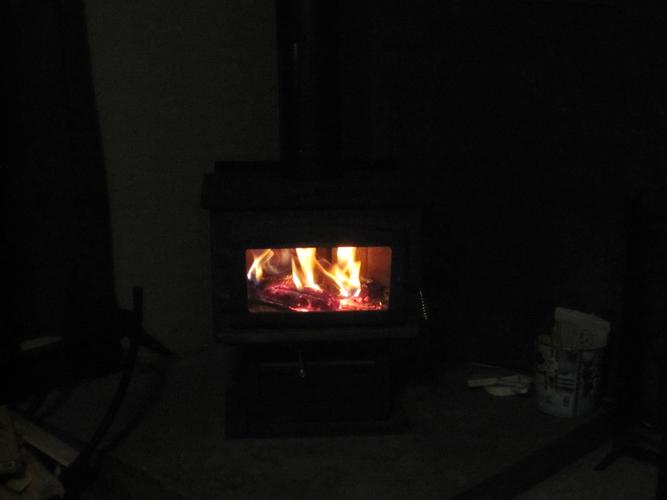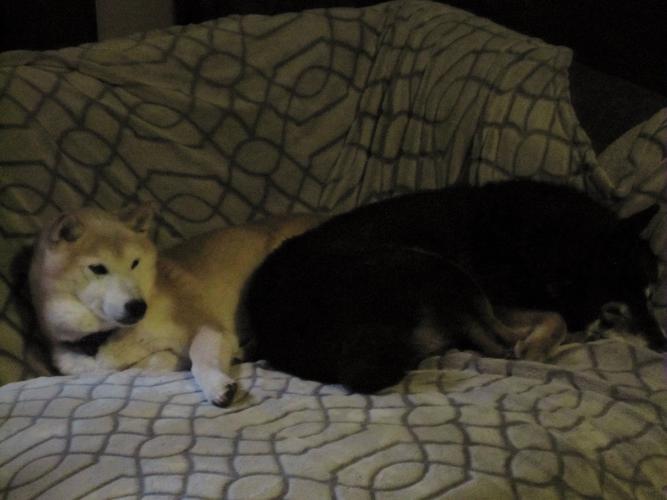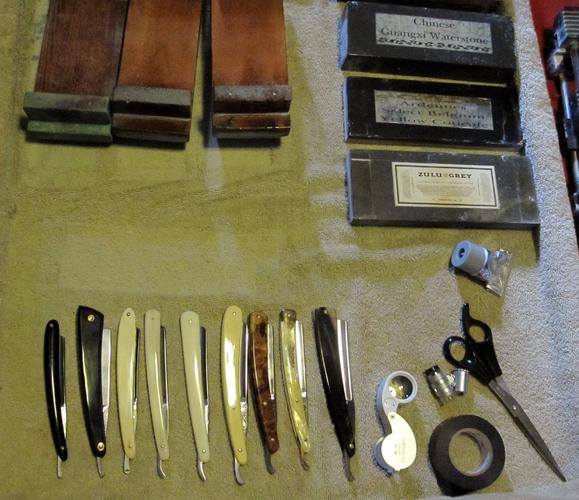Results 3,491 to 3,500 of 3718
Thread: Hone of the Day
Threaded View
-
10-26-2015, 05:11 PM #1At this point in time...




- Join Date
- Jun 2007
- Location
- North Idaho Redoubt
- Posts
- 27,210
- Blog Entries
- 1
Thanked: 13250 Hone of the Day
Hone of the Day
Rainy Cold Drizzle, Flat Tractor Tire

HOTD:
Nice Fire going in the Wood stove, honing buddies laying on the couch next to me
And a few beauts to get sharp and smooth
Man I know I going to have to change that tractor tire later but for now I am staying warm dry and rubbing steel on stones
but for now I am staying warm dry and rubbing steel on stones



Please feel free to post about your HOTD
-
The Following 7 Users Say Thank You to gssixgun For This Useful Post:
kaptain_zero (10-27-2015), MikeB52 (10-26-2015), Phrank (10-27-2015), Thaeris (02-28-2016), tinkersd (01-13-2017), ultrasoundguy2003 (10-27-2015), Walterbowens (10-31-2015)


 23400Likes
23400Likes LinkBack URL
LinkBack URL About LinkBacks
About LinkBacks






 Reply With Quote
Reply With Quote